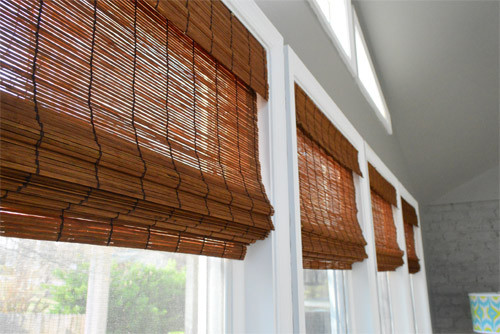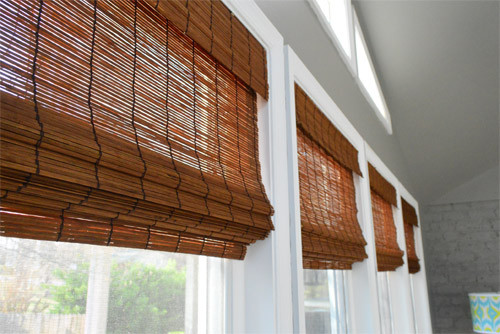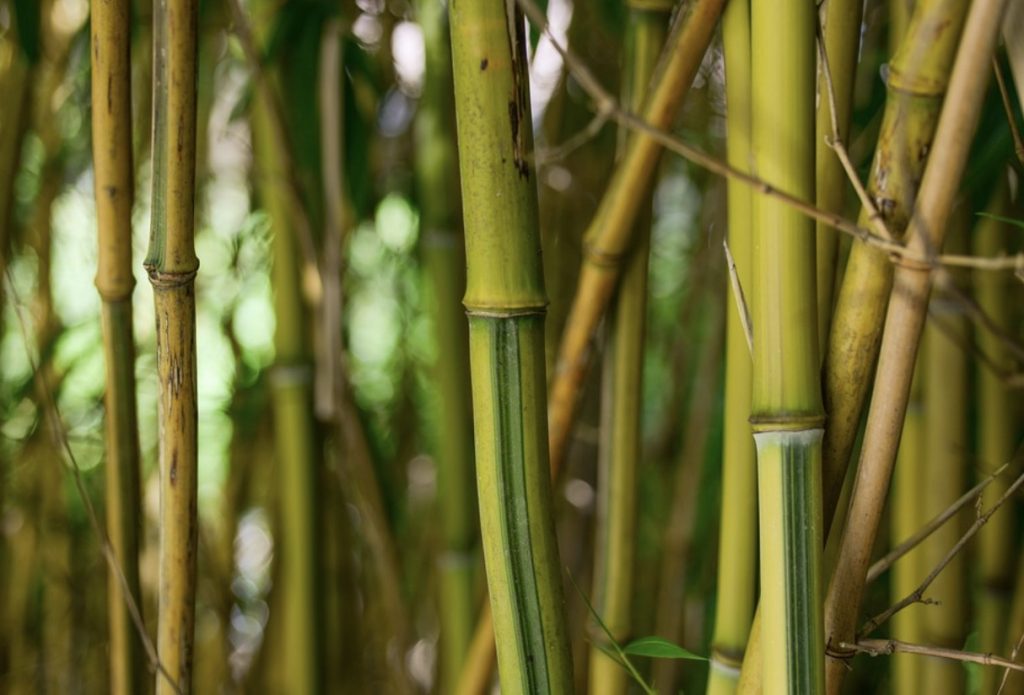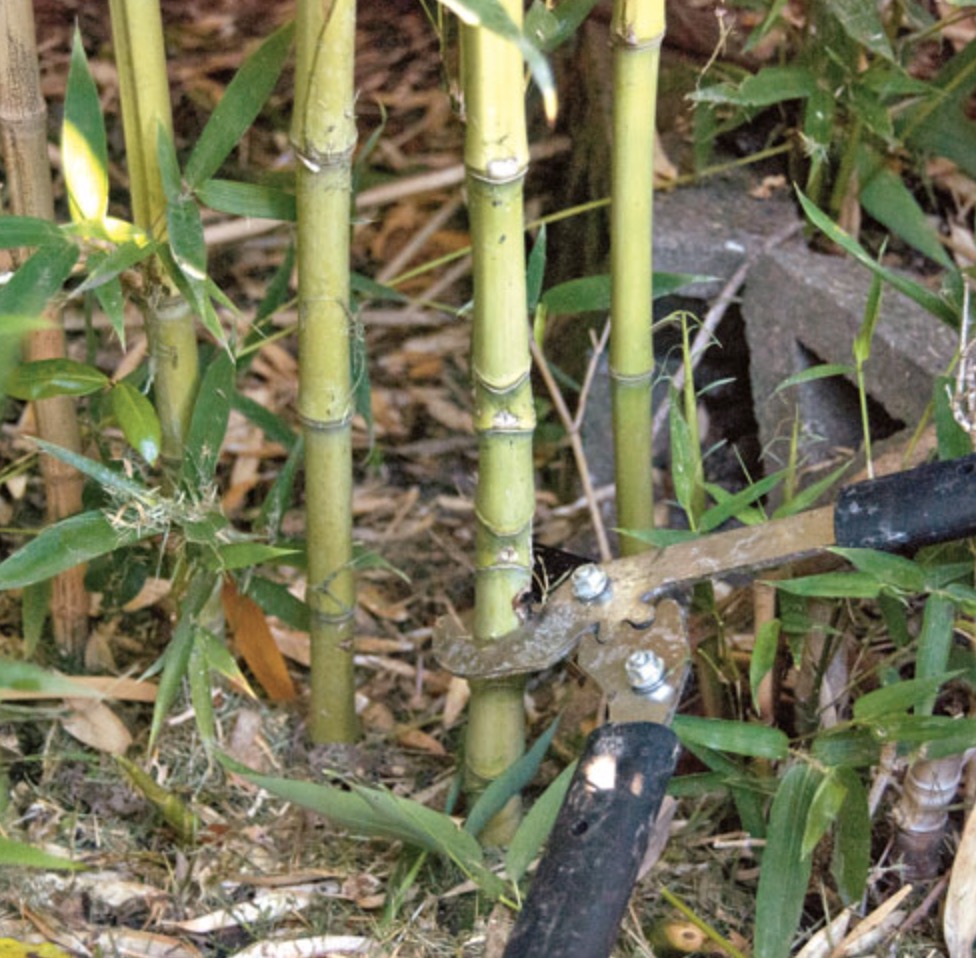Bamboo utensils have become increasingly popular over the years due to their eco-friendliness and natural beauty. If you’re interested in make bamboo spoon and fork, it’s actually a lot simpler than you might think. In this article, we’ll cover the basic steps of bamboo utensil making.
Bamboo Utensil Making
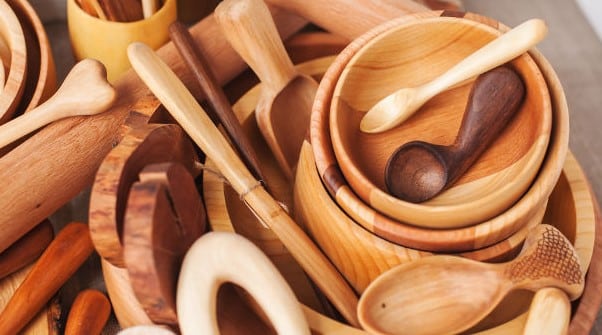
Bamboo utensils are eco-friendly, durable, and beautiful. If you’re interested in making your own bamboo utensils, here are the steps to get started:
- Select the right bamboo: Look for bamboo that is straight and has a consistent diameter. Avoid bamboo that is cracked, split, or has knots, as it will be difficult to work with.
- Cut the bamboo: Use a saw to cut the bamboo into the desired length. The length will depend on what kind of utensil you want to make.
- Remove the nodes: Nodes are the joints in the bamboo. Use a knife or chisel to remove the nodes from the bamboo.
- Shape the utensil: Use a knife or chisel to shape the bamboo into the desired utensil shape. This will require some skill and practice, so take your time and be patient.
- Sand the bamboo: Use sandpaper to smooth out the surface of the bamboo. Start with a coarse grit sandpaper and gradually move to a finer grit to achieve a smooth finish.
- Apply finish: You can apply a natural oil or beeswax finish to protect the bamboo and give it a nice shine. Apply the finish with a cloth and let it dry.
- Use your bamboo utensils: Your bamboo utensils are now ready to use! They are great for cooking and serving food, and are a sustainable alternative to plastic or metal utensils.
Note: If you’re not comfortable with the idea of making your own bamboo utensils, there are many artisans and online shops that sell beautiful, handmade bamboo utensils.
What You’ll Need
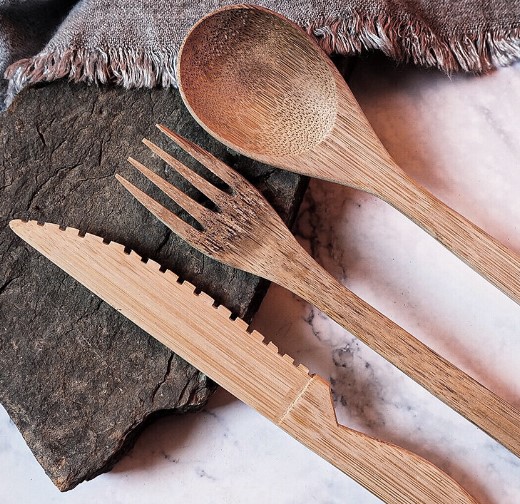
To make bamboo utensils, you’ll need the following tools:
- Bamboo stalks: You can purchase bamboo stalks at a hardware store or online.
- Saw: A saw is necessary to cut the bamboo stalks to the desired length.
- Knife or chisel: A knife or chisel is necessary to shape the bamboo into the desired utensil shape.
- Sandpaper: Sandpaper is necessary to smooth out the surface of the bamboo.
- Natural oil or beeswax: A natural oil or beeswax is optional but recommended to protect the bamboo and give it a nice shine.
- Cloth: A cloth is necessary to apply the finish to the bamboo.
It’s important to note that making bamboo utensils can be dangerous if you don’t have the proper tools or knowledge. Make sure you are comfortable with the tools before attempting to make bamboo utensils.
Step 1: Prepare the Bamboo
Before you can start making bamboo utensils, you need to prepare the bamboo. Here are the steps to prepare the bamboo:
- Cut the bamboo stalks to the desired length using a saw. The length will depend on what kind of utensil you want to make.
- Use a knife or chisel to remove the nodes from the bamboo. Nodes are the joints in the bamboo that make it difficult to work with.
- Cut the bamboo in half lengthwise, using a saw or knife. This will make it easier to shape the bamboo into the desired utensil shape.
- Use a knife or chisel to shape the bamboo into the desired utensil shape. This will require some skill and practice, so take your time and be patient.
- Sand the bamboo with sandpaper to smooth out the surface. Start with a coarse grit sandpaper and gradually move to a finer grit to achieve a smooth finish.
- Rinse the bamboo with water and let it dry completely before applying any finish.
Once you’ve prepared the bamboo, you can start shaping it into the desired utensil shape.
Step 2: Carve the Spoon/Fork
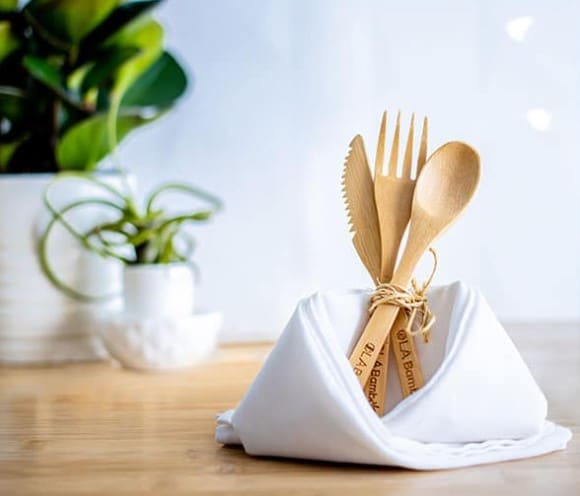
To carve a bamboo spoon or fork, follow these steps:
- Draw the shape of the spoon or fork onto the bamboo using a pencil.
- Use a sharp knife or chisel to cut along the outline of the spoon or fork. Make shallow cuts at first to avoid removing too much material at once.
- Gradually carve away the excess bamboo to create the shape of the spoon or fork. Be patient and take your time to achieve the desired shape.
- Use sandpaper to smooth out the surface of the spoon or fork. Start with a coarse grit sandpaper and gradually move to a finer grit to achieve a smooth finish.
- Rinse the spoon or fork with water and let it dry completely before applying any finish.
- Optional: Apply a natural oil or beeswax finish to protect the bamboo and give it a nice shine. Apply the finish with a cloth and let it dry.
Once you’ve carved the bamboo spoon or fork, it’s ready to use for cooking or serving food.
Step 3: Sand and Polish
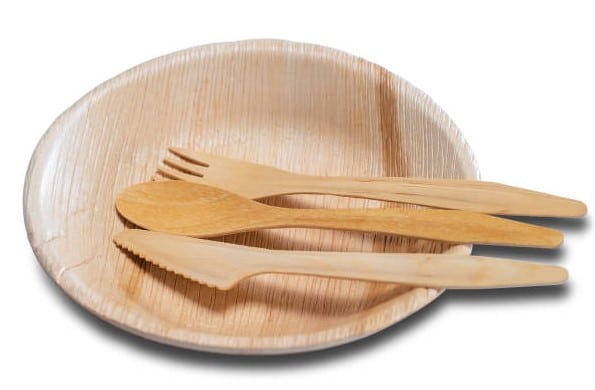
After carving your bamboo utensil, the next step is to sand and polish it to achieve a smooth and polished finish. Here are the steps to sand and polish your bamboo utensil:
- Start with a coarse grit sandpaper, such as 80 or 100 grit, and sand the entire surface of the utensil. Hold the sandpaper at a slight angle and use a circular motion to remove any rough edges or bumps.
- Move on to a finer grit sandpaper, such as 150 or 200 grit, and continue to sand the entire surface of the utensil. This will help to smooth out any remaining rough spots and create a uniform surface.
- Finally, use a very fine grit sandpaper, such as 400 or 600 grit, to polish the surface of the utensil. Sand in a circular motion until the surface is completely smooth and polished.
- After sanding, wipe the utensil with a dry cloth to remove any dust or debris.
- If desired, you can apply a natural oil or beeswax finish to the bamboo utensil to protect it and give it a nice shine. Apply the finish with a cloth and let it dry completely before using the utensil.
With these steps, your bamboo utensil should be smooth and polished, and ready to use for cooking or serving food.
Step 4: Finishing Touches
To add some finishing touches to your bamboo utensil, you can consider the following:
- Burnishing: Burnishing is a technique where you rub the surface of the bamboo utensil with a smooth object, such as a spoon or a piece of bone, to compress the bamboo fibers and create a smoother surface. This will also give the bamboo a nice shine.
- Engraving: You can use a sharp tool to carve designs or patterns onto the surface of the bamboo utensil. This can add a decorative touch and make your utensil unique.
- Colored finishes: You can use natural dyes, such as beet juice or turmeric, to add color to your bamboo utensil. Apply the dye with a cloth or brush and let it dry completely before using the utensil.
- Personalization: You can also personalize your bamboo utensil by adding your initials or a message with a wood burning tool or by carving it onto the surface.
Remember to let any finish dry completely before using your bamboo utensil. With these finishing touches, your bamboo utensil will not only be functional but also visually appealing.
Conclusion: Enjoy Your Creation
Congratulations! You have successfully made your own bamboo utensil. Making your own utensil not only saves you money but also provides a sense of satisfaction and accomplishment. With proper care and maintenance, your bamboo utensil can last a long time and become a treasured part of your kitchen collection.
Remember to hand wash your bamboo utensil with warm soapy water and dry it immediately after use. Avoid soaking the utensil in water or putting it in the dishwasher, as this can damage the bamboo. You can also apply a natural oil or beeswax finish periodically to protect the bamboo and keep it looking great.
Enjoy using your bamboo utensil for cooking and serving food, and don’t forget to show off your creation to your friends and family. Happy crafting!
Help Us! Share on:


